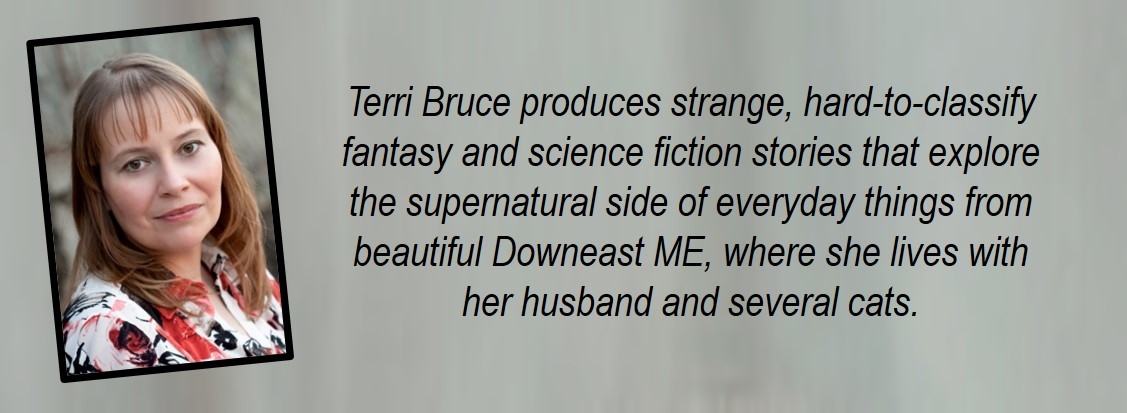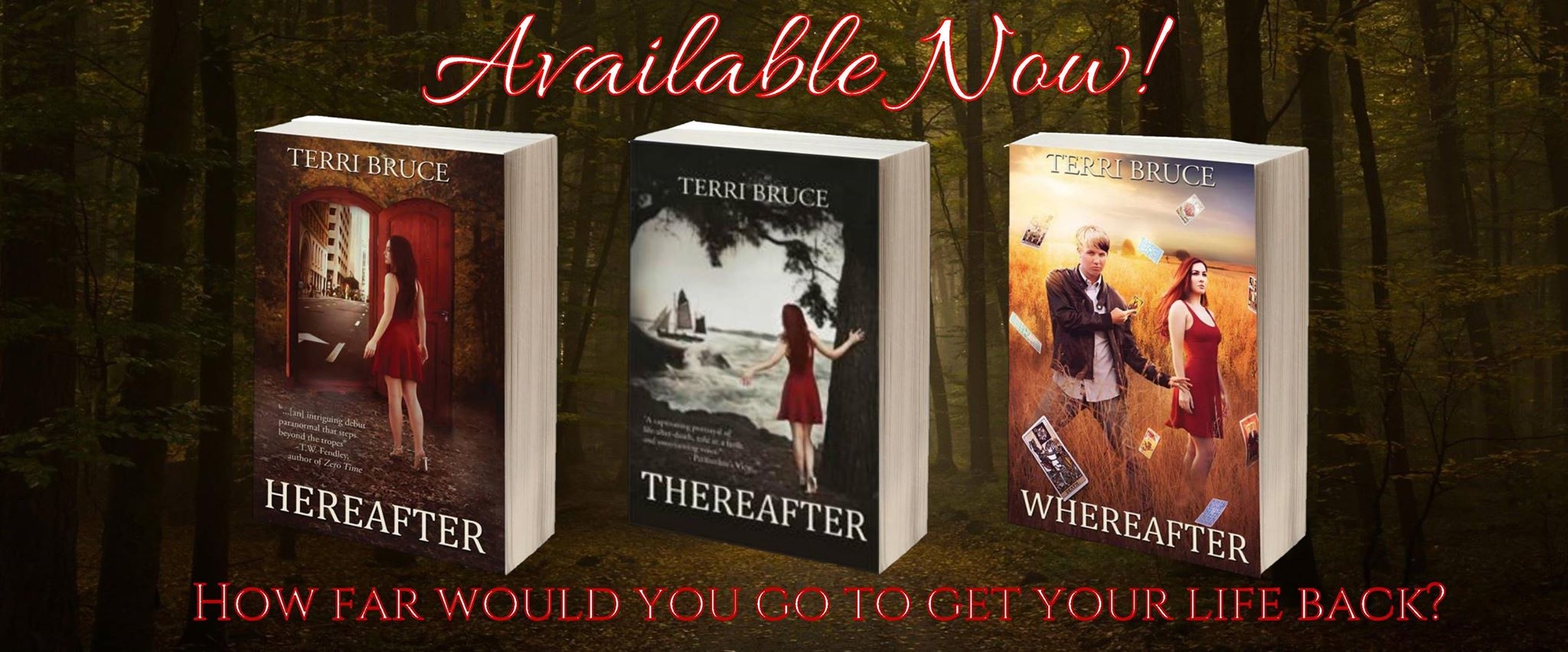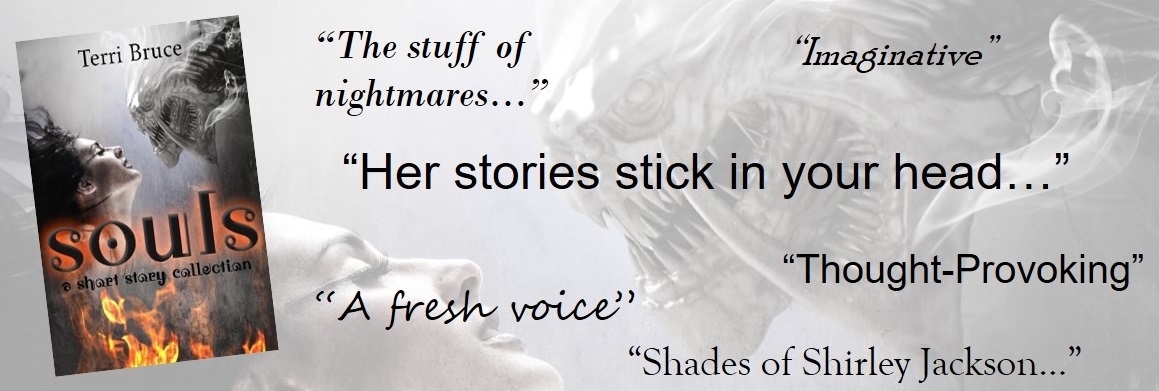Blog: Point of View
One of the themes of my novel, SAY IT THREE TIMES, is how point of view (POV) affects our perception the so-called "Rashomon Effect"). Most stories are told from a single POV—just like life. But, unlike life, we usually assume we’re being told the story as it is—that is, that the narrator is telling the truth. Shifting POV stories can be used to reveal an unreliable narrator or a different side to the story. In SAY IT THREE TIMES we never get that POV shift—we only know what the Detective reveals and through subtle cues, we come to suspect the Detective may not be telling us the entire story, may be purposely lying, or may even be delusional.
Personally, I love “shifting POV” stories, especially movies like The Usual Suspects and Immortal Beloved where a last minute shift to another character’s point of view reveals an entirely new context or meaning for the story. But many people do not. They often feel cheated when the story changes with the introduction of a new POV because it prevents the reader/viewer from anticipating the ending. Next week I’ll talk more about unwilling narrators in fiction. But this week I wanted to talk a little more about the craft of writing revealing POV shifts. Guest blogger and historical fiction writer Joyce Alton joins us to share her insights on how POV changes can alter our perception of a story and whether or not such stories ultimately work.
Joyce Alton says: I think in some cases, yes, it can work. It’s a unique storytelling structure which should be used sparingly or it would cease to be fresh and become predictable. Mystery novels come to mind first, when you have a room full of suspects and witnesses each giving their account of events. Maybe they’re telling the truth, maybe they’re fudging it. It’s a fun brain tease for the reader.





